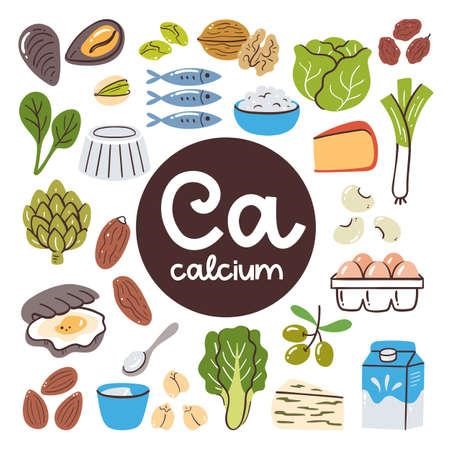The nurse assesses a client's fluid intake at breakfast, which consisted of oatmeal, a cup of milk, and 12 ounces of coffee. How many mL should the nurse document in the client's record?
(Enter numerical value only to 0 decimal places)
The Correct Answer is ["595"]
To calculate the fluid intake, you need to convert each type of drink to millilitres (mL) and then sum them up:
Oatmeal: Oatmeal is usually consumed as a solid, so it doesn't contribute to fluid intake.
Cup of milk: Depending on the size of the cup, let's assume it's 240 mL (a common serving size for a cup of milk).
12 ounces of coffee: Convert ounces to millilitres. 1 fluid ounce is approximately 29.5735 mL, so 12 ounces is roughly 354.882 mL.
Total fluid intake = Milk + Coffee Total fluid intake = 240 mL + 354.882 mL Total fluid intake = approx 595 mL
Nursing Test Bank
Naxlex Comprehensive Predictor Exams
Related Questions
Correct Answer is ["B","D","E"]
Explanation
Choice A
Pickles, blackberries, seeds are not appropriate. None of these foods are particularly high in calcium. Pickles and blackberries are not significant sources of calcium, and while some seeds contain calcium, they are not among the best sources.
Choice B
Buttermilk, spinach, milk: These foods are good sources of dietary calcium is appropriate. Milk and buttermilk are commonly consumed dairy products that contain calcium. Spinach, while not as high in calcium as dairy products, still contributes to calcium intake.
Choice C
Pickled olives, spam, nuts are not appropriate. These foods are not known for being high in calcium. Additionally, some foods like pickled olives and spam may have high sodium content, which can affect calcium balance.
Choice D
Fresh meats, fresh turkey, fresh chicken is appropriate. Fresh meats, such as turkey and chicken, provide some calcium, although not as much as dairy products. They also contribute to overall nutritional intake.
Choice E
Cheese spread, processed cheese, cheese is appropriate. Dairy products like cheese, especially processed cheese and cheese spread, are good sources of calcium. They can be effective in increasing calcium intake to address hypocalcaemia.

Correct Answer is ["A","C","D","E"]
Explanation
Choice A
Grilled salmon is correct. Salmon is a good source of protein and healthy omega-3 fatty acids. Protein is essential for wound healing and tissue repair, while omega-3 fatty acids have anti-inflammatory properties that can help with the healing process.
Choice B
Soda crackers is incorrect. Soda crackers are not particularly nutrient-dense and may not contribute significantly to postoperative healing. While they might be a bland option for settling the stomach, they do not offer the same nutritional benefits as the other selected options.
Choice C
Scrambled eggs are correct. Eggs are a good source of high-quality protein and contain essential nutrients like vitamin D and choline. Protein is crucial for tissue repair and recovery, and vitamin D supports bone health.
Choice D
Baked chicken is correct: Lean protein sources like baked chicken are important for wound healing and maintaining muscle mass. Protein helps the body repair and build new tissues.
Choice E
Flavoured gelatine is correct. Flavoured gelatine can be a soft and easily digestible source of hydration and calories. It's also a good option for someone recovering from surgery as it provides some energy and can be gentle on the digestive system.
Whether you are a student looking to ace your exams or a practicing nurse seeking to enhance your expertise , our nursing education contents will empower you with the confidence and competence to make a difference in the lives of patients and become a respected leader in the healthcare field.
Visit Naxlex, invest in your future and unlock endless possibilities with our unparalleled nursing education contents today
Report Wrong Answer on the Current Question
Do you disagree with the answer? If yes, what is your expected answer? Explain.
Kindly be descriptive with the issue you are facing.
